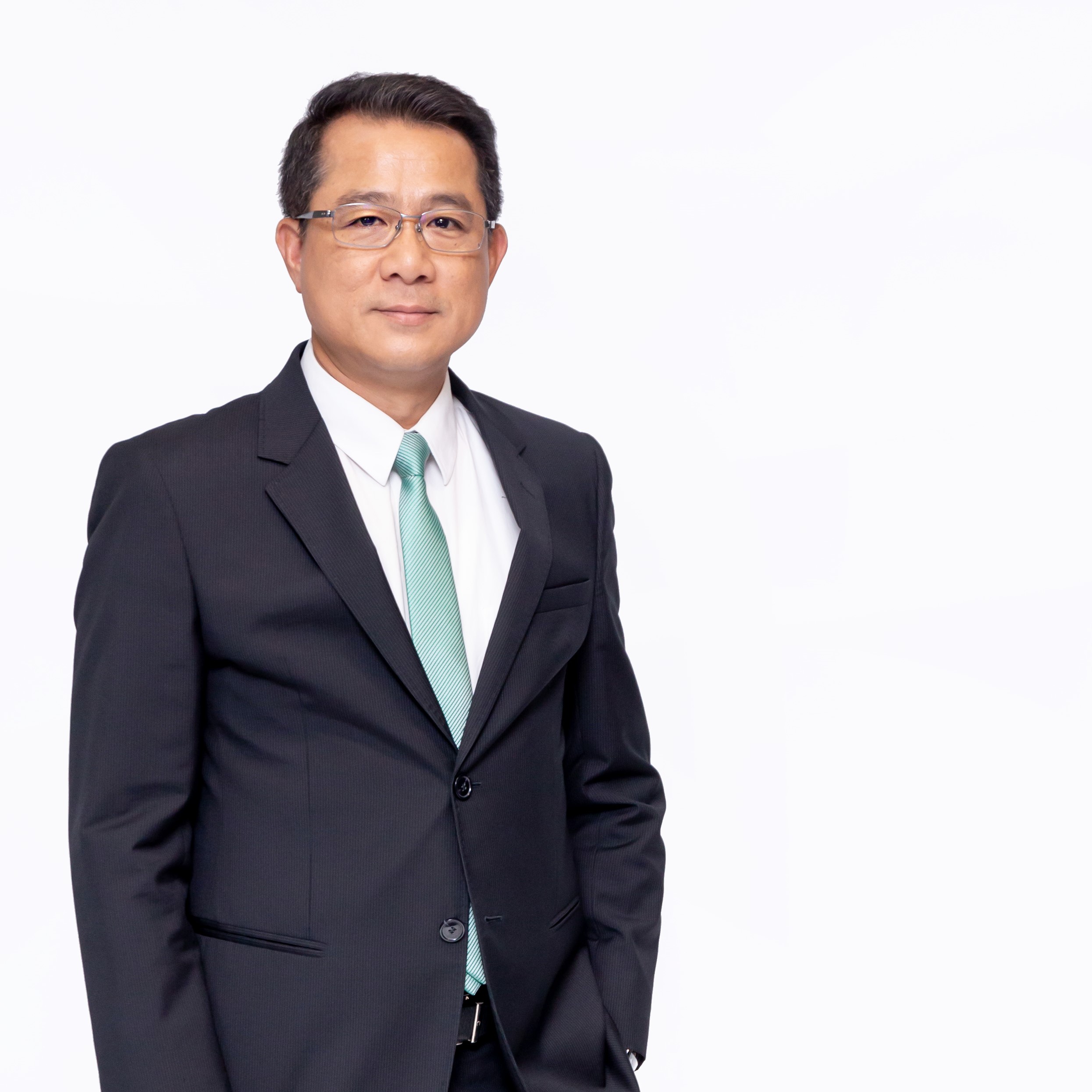Banpu Power’s 2018 Operating Results Unveils Constant Growth
- 9-percent increase of EBITDA mainly derived from Hongsa Power Plant’s operational efficiency
- 3 power plants in China and Japan successfully achieved COD
- 6 power projects to achieve COD and more capacity expected to grow following Greener Strategy
Banpu Power Public Company Limited (BPP), a leading power-generating company operating both conventional and renewable power businesses across the Asia-Pacific region, has reported its 2018 operating results with Earnings Before Interest, Taxes, Depreciation and Amortization (EBITDA) of THB 5,913 million, a 9-percent increase compared to last year, and a total operating profit of THB 4,729 million, a 9-percent increase compared to last year. The key factor was the share of profit from Hongsa Power Plant which increased by 53 percent compared to last year, resulting from consistent reliability improvement, with the Equivalent Availability Factor (EAF) reported at 87 percent.
Three new power plants of Banpu Power including Luannan Combined Heat and Power Plant Phase 2 in China as well as Mukawa and Nari Aizu Solar Power Plants in Japan also achieved Commercial Operation Date (COD) with the total equity-based power generation capacity of 77 MWe. In 2019, the Company expects to achieve COD for six power projects with the total equity-based power generation capacity of 114.2 MWe, consisting of the expansion of Luannan Combined Heat and Power Plant Phase 3 in China and five solar power plant projects in Japan. The Company is ready to expand investment opportunities on conventional and renewable power businesses to potential countries, such as Vietnam. This reflects the Company’s capability in developing projects as planned while continuously generating growth in accordance with the Greener strategy in order to achieve the power generation capacity of more than 4,300 MWe with a renewable energy proportion of not less than 20 percent by 2025.

Mr. Sutee Sukruan, Chief Executive Officer of Banpu Power Public Company Limited stated that “Last year, our power generation efficiency proved successful as can be seen from the EAF of Hongsa and BLCP power plants that reached as high as 87 percent. Apart from that, the new power plants which achieved COD as planned also enabled Banpu Power’s operational power plants to reach 2,145 MWe. Another milestone was our first-time investment in the wind power project in Vietnam. This achievement not only aligns with our strategic direction to have geographical diversification in the investment portfolio but also offered opportunities for Banpu Power to invest in additional power plant projects in the future. In addition, we also officially launched Banpu Power (Japan) Co., Ltd., in Tokyo and established another office in Vietnam. These reflected our determination in consistently developing both conventional and renewable power businesses in the two countries following our Greener strategy as Japan and Vietnam are potential in terms of high electricity demand with clear government’s policies to promote renewable energy.”
In 2018, Banpu Power has reported a total sales revenue of THB 6,322 million earned from power businesses in China, including six solar power plants, totalling THB 714 million, and combined heat and power plants of THB 5,608 million, which slightly decreased due to high domestic coal cost. However, the Company could still maintain gross profit at 20 percent with the share of profit reported at THB 4,767 million, a 29-percent increase compared to the same period of last year. Major contribution was from Hongsa Power Plant at THB 3,418 million (including the unrealized translation loss of THB 24.5 million), a 53-percent increase compared to last year, and from BLCP Power Plant with the share of profit reported at THB 1,340 million (including the unrealized translation loss of THB 55 million and deferred tax expense of THB 83 million), a slight decrease compared to last year despite of its Extended Major Overhaul (EMJ), which was completed earlier than scheduled. Moreover, the solar power plants in Japan reported cash dividend at THB 20 million.
Currently, Banpu Power has a total of 28 power plants and projects, comprising 17 operational power plants and 11 projects under development. All the power plants and projects have a total equity-based power generation capacity of 2,869 MWe. The operational ones have 2,145 MWe including 1,955 MWe from conventional power plants and 190 MW from renewable power plants while another 724 MWe will completely and gradually achieve COD by 2023.
“For our next steps, apart from the planned commercial operation dates of power plants, Banpu Power will also keep seeking for investment opportunities and developing power projects that integrate both conventional and renewable energy sources in a well-balanced proportion to establish energy stability and sustainability. We aim to expand our businesses in potential countries and the ones we operate. We are confident that our operation management experience in various countries, our strong financial position and the synergy between businesses within Banpu Group, will drive our power generation capacity to reach over 4,300 MWe with a minimum of 20 percent from renewables by 2025. Most importantly, as a leading sustainable power-generating company, Banpu Power is committed to delivering stable returns to all investors and stakeholders,” Mr. Sutee concluded.
# # #
About Banpu Power
Banpu Power Public Company Limited operates both conventional and renewable power businesses across Asia-Pacific, including in Thailand, Lao PDR, China, Japan and Vietnam. The Company is moving forward to increase power generating capacity according to the strategic plan of balanced growth between conventional power generation, utilizing advanced technologies that are safe and environmental friendly namely High-Efficiency, Low Emissions (HELE), and renewables in order to become a sustainable power industry leader at the regional level. As of 31st December 2018, Banpu Power’s assets totaled THB 51,566 million, an increase of THB 3,868 million compared to the total assets as of 31st December 2017.



